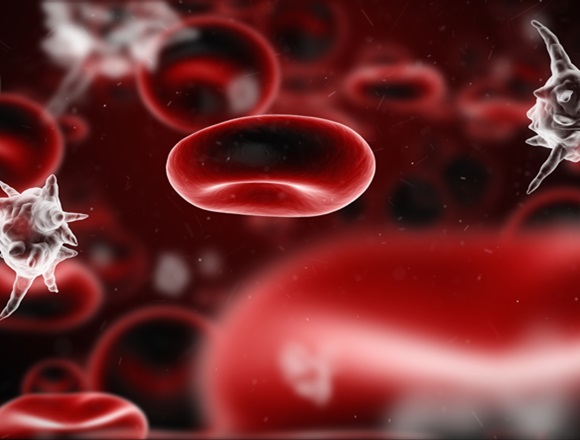Bram Rochwerg, MD, is an intensivist, researcher, and associate professor of medicine at McMaster University. His main focus of research includes resuscitation medicine and intravenous fluid use in sepsis. He works with many international organizations supporting their guideline development projects, including the Canadian Critical Care Society and the Society of Critical Care Medicine.
What is the role of subphenotypes in sepsis management?
Bram Rochwerg, MD: Some phenotypes have gotten a lot of attention in the last little while, not just in sepsis but in lots of critical illness syndromes, acute respiratory distress syndrome (ARDS) as well, right? And this idea that these syndromes are very heterogeneous—and it’s not just sepsis or ARDS— there are likely these subcomponents that exist.
The hard part is in identifying them. There’s a number of cohort studies now that are able to retrospectively look back based on biosamples and say, maybe this patient was this subphenotype, this patient was this subphenotype. The most famous of these was Chris Seymour’s that he published in JAMA, looking at the 3 sepsis subphenotypes.
The dream would be to be able to do this in real time, right? So, a patient comes through the door, you’re able to test their blood, identify in terms of which subphenotype they are right off the hop, because ultimately what you’d like is for it to influence treatment decisions, as you allude to. And we’re just not there yet. The ability to perform real-time biomarker testing and then have it influence practice... the translational aspect of this hasn’t caught up. But I think there’s a lot of hope for the coming years that we’re going to be able to more personalize sepsis therapy based on this prospective analysis of subphenotypes.
It’s kind of scary because all these interventions that we’ve studied in the past, like corticosteroids, immunomodulators, and a whole host of sepsis interventions that have been studied in randomized controlled trials (RCTs), will probably have to be redundant now looking at seeing if there’s a differential effect in the specific subphenotypes.
I guess the ultimate answer to your question right now is that we probably don’t factor in subphenotypes so much to sepsis management at this time, but I think this is going to be the new horizon of sepsis management in the years to come.
 English
English
 Español
Español
 українська
українська






